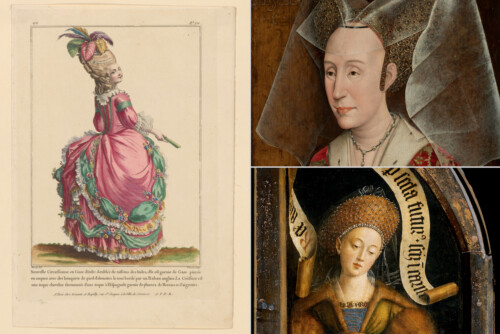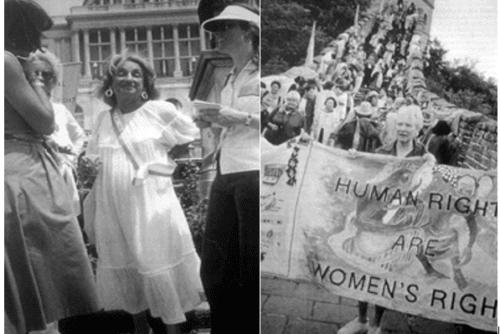Over years of amazing work coupled with critiques about the approach, Ruckus went through what could perhaps be called labor pains to bring forth the model and structure we currently have—which includes an all-female team at the staff level.
The frustrations folks had with Ruckus are very much the frustrations alive in our movements right now—we had a vision for the kind of world we wanted to see, but we weren’t modeling that internally. We wanted strong local economies where communities feel responsible for their neighbors’ well being, but Ruckus wasn’t actually developing local direct action know-how.
Out of this moment in our history, a new program was born that transformed how we worked. It was called the Indigenous People’s Power Project (IP3). The model was to build a body of indigenous organizers who became action experts within their own communities. In the process of getting this project off the ground, Ruckus was challenged to grow into something we couldn’t have even imagined.
We have grown an immense amount.
I have been honored to be a part of The Ruckus Society during this labor, this awakening, watching over a transition born of frustrations and critiques as well as an instinct that something better was possible.
We had to begin to practice deep, authentic collaboration. This meant a shift in how we move financial and human resources—there are enough people out there to support the movement(s) we need, but currently, organizations are pitted against each other to access money (less and less money), rather than creating and investing together to maximize a diversity of resources from money, to people, to spaces, to skills. Because we are not investing in a shared network of resources, it is easy to let structural and ideological particularities create deep splits throughout the non-profit sphere, rendering much of our work useless.
We couldn’t continue that—we had to figure out what humility looked like on all sides in order to truly collaborate. This included making room on our board for folks in the IP3 program, shifting timelines to meet community needs, with folks on all sides being able to say we didn’t know how to do this, and recommitting over and over, even when it seemed too hard to continue.
One thing that was highlighted for us was that in the direct action realm, it’s not unusual to see time and energy poured into actions that are more interesting/funny/creative than they are compelling to those we are trying to reach and/or life-changing to the communities taking action. To be clear, we are moving in a good direction in being funny and creative—we want to engage people—but our standards for communities taking the risks associated with direct action must be that the experience and the results are compelling, even life-changing.
We also learned a lot about breaking down the walls between different issue areas. Indigenous communities present a clear case of economic and environmental hardship, with residents highly recruited for the military, dealing with high levels of drug and alcohol dependence and a high rate for suicide. Through this lens it’s easy to see that just coming with one piece of analysis wouldn’t serve the big picture.
For successful movements, we need to develop strong, action-oriented communities that understand that their analysis and work cannot be limited to one struggle. Together, we must be advancing the frontline of our vision for a sustainable, just world. Our strategies must be more sophisticated and engaging than those of our opposition.



